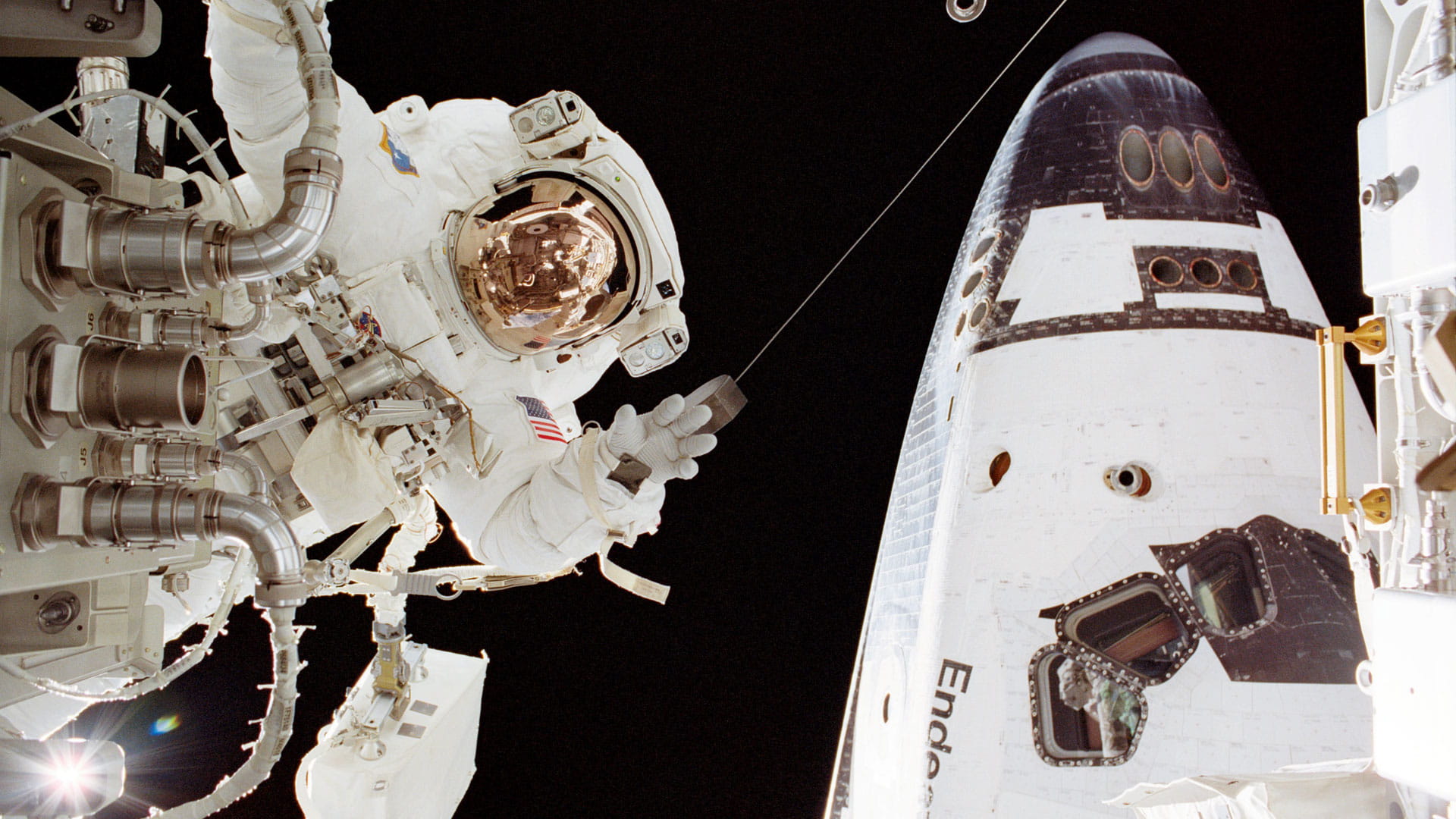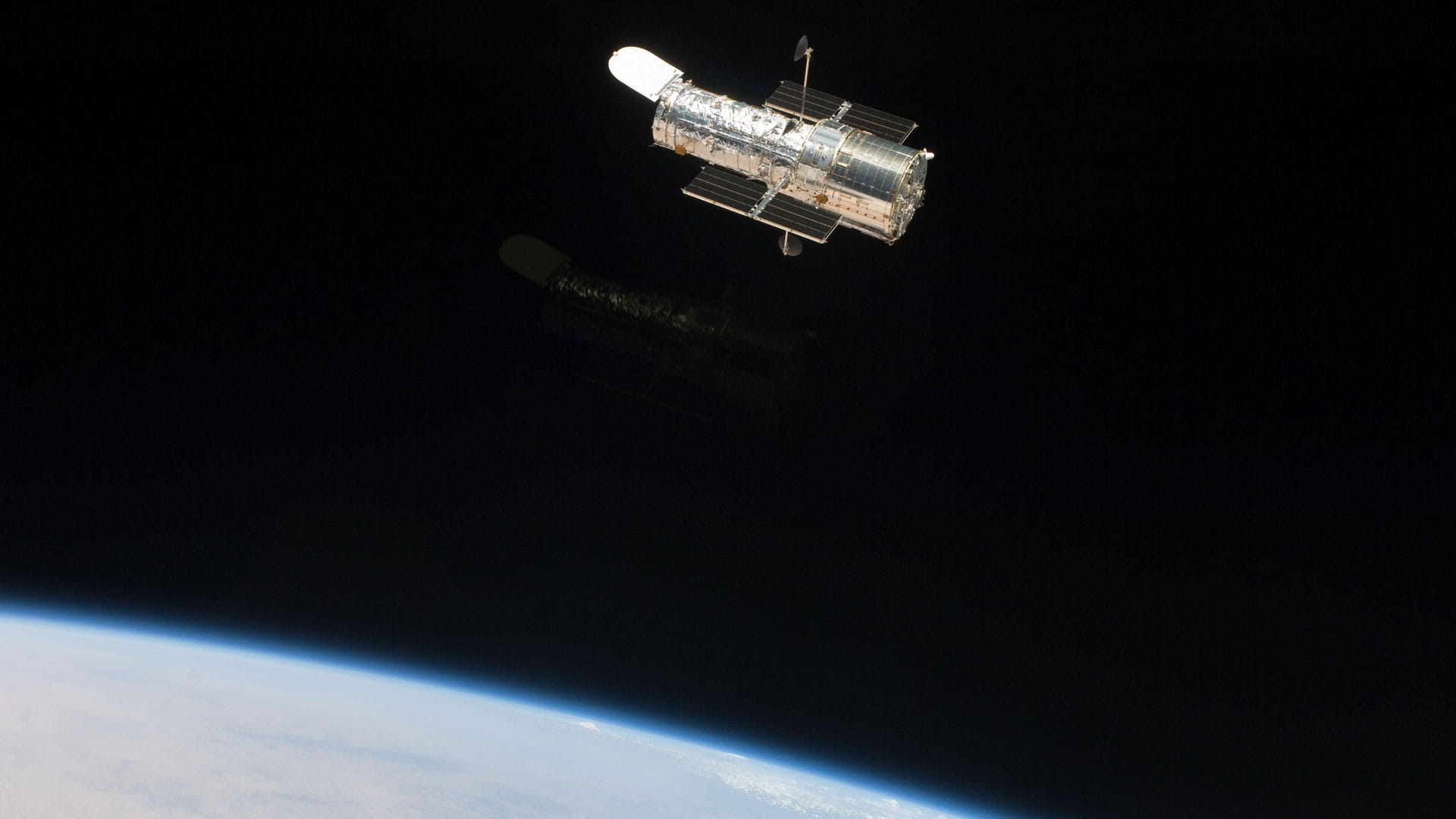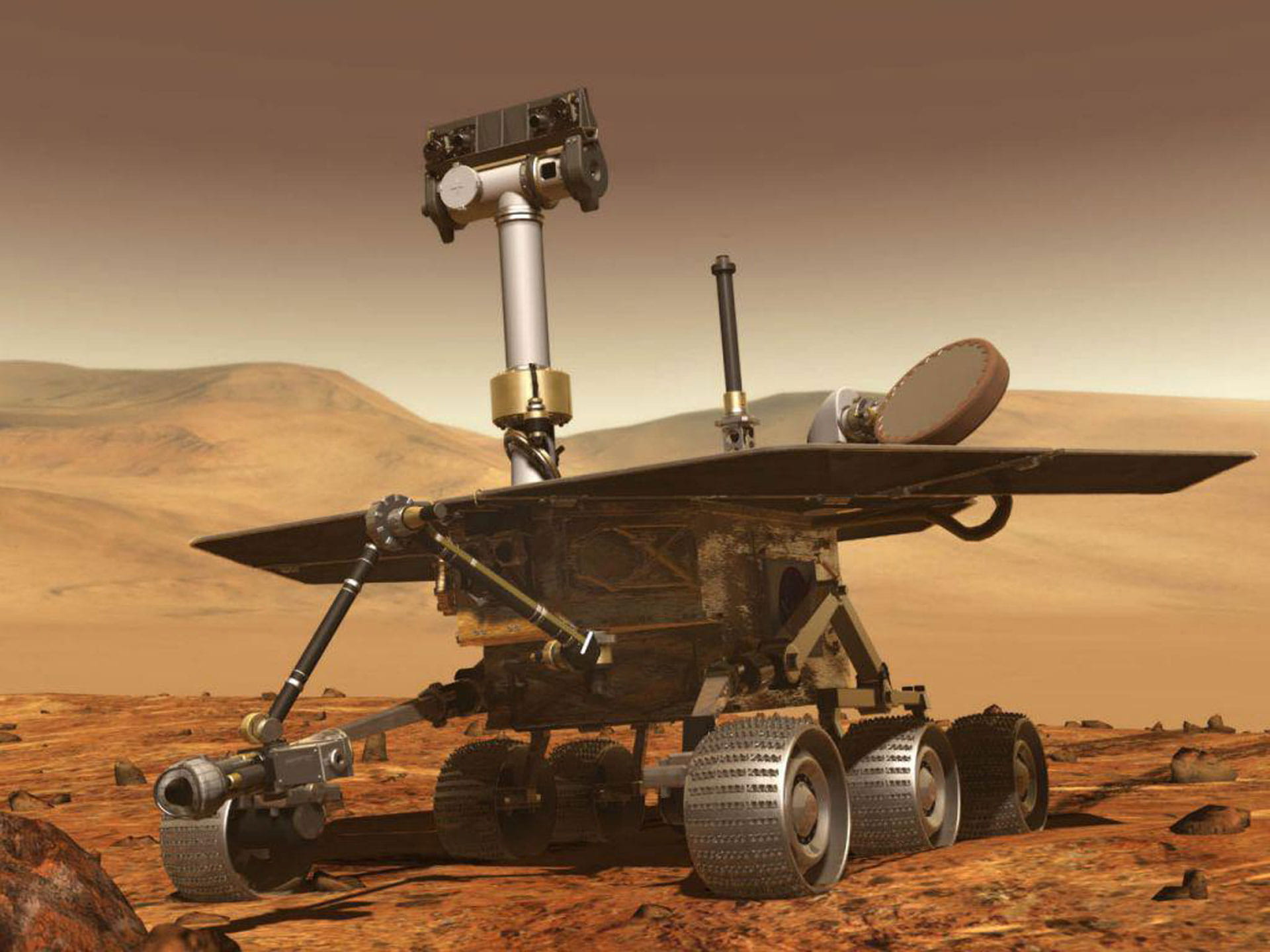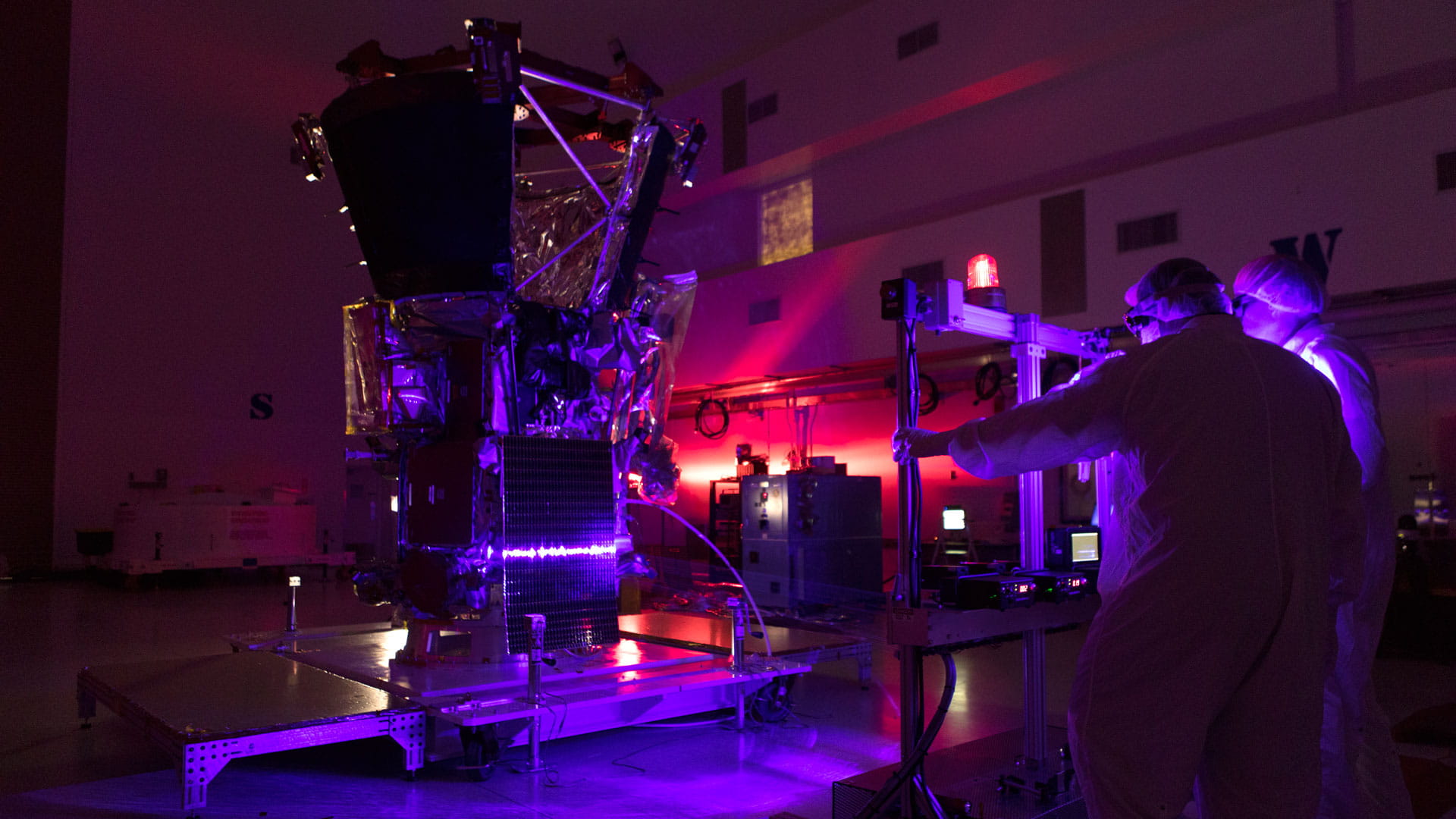
Projects Mercury and Gemini
Our Mercury communications system provided voice, telemetry and precision tracking data for the United States’ first two human spaceflight programs.
Our space suits allowed Neil Armstrong and Buzz Aldrin to take the first monumental steps beyond Earth’s bounds as they set foot on the moon, and our communications technology transmitted their achievement back to the world. Today there are more frontiers – a new mission to the moon and manned deep-space exploration. We’ll be there, too, with innovations engineered to expand the universe of possibility.
The history of Collins Aerospace and modern space travel have been intimately intertwined, with our technological advances enabling life and communications in space for more than 50 years. And we played a crucial role in ensuring the safety of Neil Armstrong and Buzz Aldrin as humankind first set foot on the moon – as well as sharing that monumental step with the world – as part of the Apollo 11 mission on July 20, 1969.

Our Mercury communications system provided voice, telemetry and precision tracking data for the United States’ first two human spaceflight programs.


The U.S Skylab Program used Collins technology to provide communications from the astronauts to earth

Astronauts used our extravehicular mobility unit (EMU) during Shuttle EVAs (extravehicular activity) for satellite deployment and retrieval/maintenance, and our avionics during landing

Our environmental control and life support systems have provided a habitable environment for the crew aboard the ISS since 2000.
Today, a new age of space flight has dawned, and Collins Aerospace is at the forefront of innovation for the latest generation of platforms that will carry both cargo and crew to earth’s orbit and far beyond. Benefiting from decades of expertise in systems design and production for spacecraft, we are able to leverage unmatched capabilities to help ensure successful missions in the new frontiers of tomorrow.

Extravehicular Mobility Units (EMU)
Not only do U.S. astronauts continue to rely on Collins space suits, but our EMUs were used extensively in the assembly of the International Space Station (ISS) in 2000, and our environmental control and life support systems have provided a habitable environment for the crew aboard the ISS ever since.

Space wheels
Our space wheel technology has accumulated more than 10,000 years of in-orbit time on board nearly 500 orbiting satellites for high precision navigation and operational in-orbit control of the spacecraft. In fact, about every three weeks, a new satellite is sent into orbit with our technology aboard. Our space wheels also helped NASA’s Messenger spacecraft precisely navigate its way to Mercury as the first-ever probe of the planet in 2015.

Lens designs and assemblies
Since 2003, Collins Aerospace has provided multiple lens designs and assemblies for the Mars Rover cameras at the Jet Propulsion Laboratory (JPL). Lens assemblies were also used as part of the JunoCam for the Jupiter mission.

Parker Solar Probe
The Parker Solar Probe will fly closer to the sun’s surface than any other spacecraft. The PSP is protected by the innovative Solar Array Cooling System, designed and developed by Collins Aerospace.

Orion
We provide thermal control, life support and power management and distribution systems for this spacecraft that will take astronauts on deep space missions beyond Low Earth Orbit.

Future mission to the moon and Mars
Collins Aerospace is advancing the technologies needed for transit, exploration and habitat on Mars. This includes advanced suit technologies and environmental control and life support systems that will enable longer duration exploration missions into deep space.

Our Extravehicular Mobility Unit (EMU) is often called the world’s smallest spacecraft. We have worked side-by-side with NASA to evolve and upgrade the equipment to provide today’s astronauts with everything they need to stay alive: oxygen, water, temperature control and CO2 regulation.